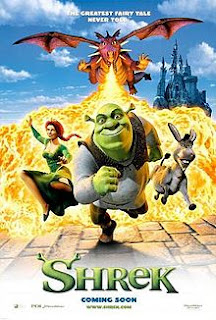The Meeting
Below is our finished Preliminary Task. It was a very enjoyable experience, however we did come accorss quite a few problems along the way. First of all I was supposed to be camera girl but I was having difficulties in keeping the camera steady and getting the right shots. Since we had a limited amount of time to complete our task, we had a brief team discussion and Mica then put herself forward for camera girl and I then became the director. The whole team was happy with the changes and we carried on in pursuing our task.
I really enjoyed the role of director as I had many ideas to implement and everyone chipped in with different views as to where the actors should be seated, the tone of voice they should use when speaking, the angle of the shot, etc.
Our original plan was for it to start off as a horror, with the lighting being pitch black, but we were not able to do this as we had to film it in the school and the lights are automatic, also none of us were able to stay back late enough for it to be totally dark outside which meant that we just had to make do with what we had and eliminate the horror theme at the beginning. We were influenced by several horror movies such as Scary Movie. We also used to this movie as a reference for our comedy. We decided to aim for a teen audience as our storyline was influenced by movies rated '15' and '18' which possibly wouldn't be appealing to adults.
In this task we had to show that we understood the 180 degree rule, shot reverse shot and match on action, which we tried our best to show. Unfortunately, during the editing process we realised that our attempt at shot revers shot wasnt quite right. We were unable to find a suitable time to re-shoot with our actors so instead we came together as a team and decided to do a quick video ourselves, showing that we do understand the technique.
All in all I think that our piece flows well as a story and is easy to understand, we put a lot of thought into our mis-en-scene.
Hope you enjoy!
Shot Reverse Shot


























